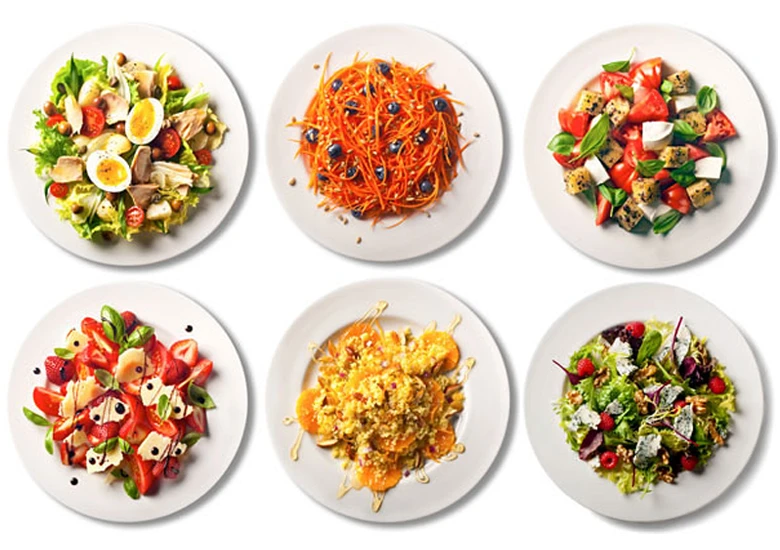Acidic and Alkaline Foods
- Jovana Cosic
- Aug 11
- 2 min read
Balancing acidity and alkalinity in the body is essential for maintaining good health and preventing illness.

Why This Balance Matters
Modern diets—often rich in processed foods, meat, and sugar—can disrupt the body’s natural pH balance, leading to increased acidity. Over time, this can cause fatigue, inflammation, digestive issues, and a higher risk of chronic disease.
The good news? By choosing and combining the right foods, we can support the body’s natural ability to maintain optimal pH levels, protect our health, and prevent imbalances.
What Are Acidic and Alkaline Foods?
All foods can be classified into three groups:
Acidic
Alkaline
Neutral
Ideally, the body should be slightly alkaline. However, modern eating habits often make our blood and tissues more acidic—creating an environment that favors illness.
A healthy diet should be mostly based on foods that neither cause excessive acidity nor extreme alkalinity. Highly acidic or alkaline foods should be balanced with their opposite group and eaten in moderation.
Lists of Acidic and Alkaline Foods
Strongly Alkaline (Yang)
Celery
Figs
Herbal teas
Melon, watermelon
Lemon
Mango, papaya
Parsley
Seaweed
Skinless grapes
Watercress
Mildly Alkaline (Yang)
Olives, olive oil
Artichokes, eggplant
Millet, buckwheat
Cherries, tangerines, chestnuts
Fresh coconut
Cucumbers, Brussels sprouts
Honey (raw)
Leeks, mushrooms, radishes, tomatoes
Sea salt, onions, oranges
Homemade pickled vegetables
Sesame seeds, soy
These foods are particularly valuable for people struggling with fatigue, inflammation, or low immunity.
Neutral Foods
Sour cream, cow’s milk, yogurt, whey, butter
Oils (except olive oil)
Neutral foods sit in the middle of the pH scale and are best consumed in moderation—especially when paired with strongly acidic or alkaline dishes.
Slightly Acidic (Yin)
Eggs
Red beans, pumpkin seeds
Barley, spinach
Moderately Acidic (Yin)
Pasteurized honey
Blueberries, bran, cheeses
Dried coconut, fish
Whole grain pasta and cereals
Most legumes (except soy)
Nuts (except almonds)
Rye, ketchup, mustard, plums
Popcorn, peeled potatoes, prunes, rice
Strongly Acidic (Yin)
White bread, pastries from white flour
Chocolate, coffee, alcohol
Soft drinks, sweetened juices
Beef, pork, chicken, refined grains
Cranberries, ice cream
White pasta, peanuts, white rice
Seafood, black tea, walnuts
Strongly acidic foods should be limited as they can trigger inflammation, fatigue, and digestive problems.
Balancing in Daily Life
Alkaline meals:
Cucumber, parsley & olive oil salad with cooked buckwheat
Fruit salad with figs, papaya, and melon
Celery root soup with leeks and Brussels sprouts
Balancing acidic foods:
Whole grain pasta with vegetables and fresh herbs
Fish with spinach and lemon juice
Legume soups with leeks
Pairing acidic foods with alkaline ones (like vegetables and lemon) helps neutralize acidity and maintain balance.
A Gentle Approach Works Best
You don’t need to eliminate acidic foods entirely—just balance them. Even small changes, like swapping white bread for buckwheat or adding lemon to your water, can make a big difference in energy, digestion, and overall health.
💡 At meal.plans.by.olivia, we create personalized meal plans that naturally balance alkaline and acidic foods—helping you boost energy, improve digestion, and support long-term wellness without extreme restrictions.



Comentários